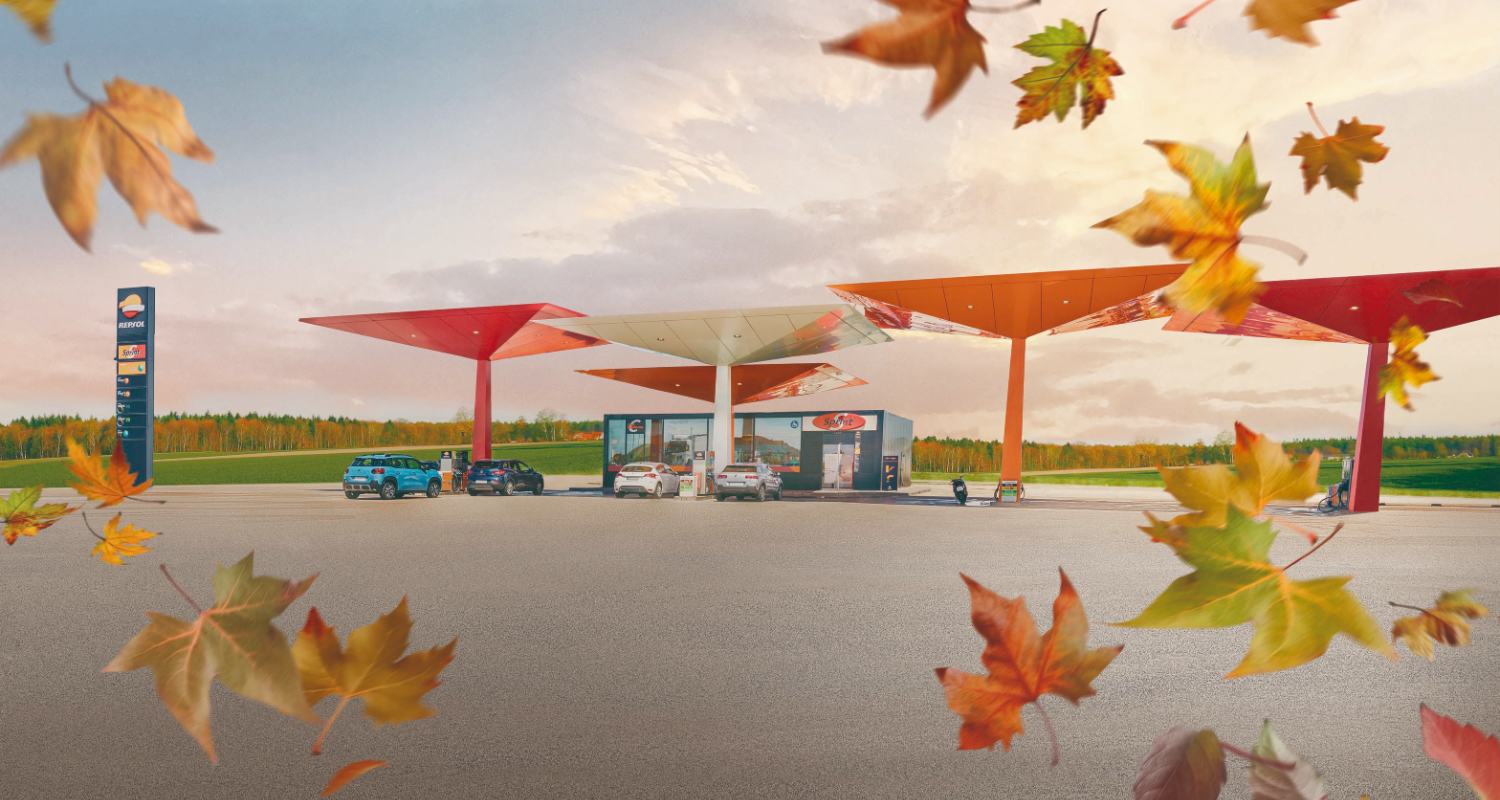
All about new renewable fuels
A sustainable alternative

All about new renewable fuels
A sustainable alternative
Reading time: 6 min
What are renewable fuels?
As set out by the Paris Agreement, 2050 is the year when society aspires to become net zero. Even though it seems a long way off, the effects of climate change are urging us to take measures to accelerate the energy transition.
These measures include the adoption of renewable fuels that can bring about great benefits for sectors where decarbonization is more complicated such as aviation, heavy-duty road freight, and maritime transportation. Given that electrification is not an alternative in these fields today, why not switch out the fuel that powers them for more sustainable options?
Renewable fuels or ecofuels are liquid fuels from non-fossil origin that are derived from circular raw materials such as non-food organic waste or renewable hydrogen and captured CO2.
One of their major strengths is that they can release up to 90% less CO2 than conventional fuels. This makes them one of the most effective solutions to cut emissions in transportation in the coming years. Their production is also environmentally friendly as they are derived from circular raw materials with a low-carbon footprint.
Renewable fuels are produced using organic raw materials such as used vegetable oil, animal fat, biomass, waste from the agri-food industry, like biogas, or forestry and farming waste, among others.
The main advantage is that these fuels can be used to power current vehicles and are compatible with the existng infrastructure, which means that we don't have to wait until new technologies are developed or a vehicle fleet is renewed before being able to start reducing emissions. In fact, the fuel we fill our tanks with at service stations today already contains more than 10% sustainable fuels. Similarly, they can be produced and distributed using industrial facilities that already exist with local raw materials, which drives the circular economy and makes it possible to diversify the energy matrix of the country in order to keep moving forward and achieve energy independence.

Did you know that you're already getting more than 10% biofuel every time you fill up your tank with any of our fuels?
In Spain, all the fuels you'll find at our service stations already include more than 10% biofuel to comply with government standards for introducing a minimum percentage of biofuels in the total amount of road transportation fuel sales, as established in the law RD 1085/2015 for the Promotion of Biofuels. As it is a global calculation, the exact percentage of each product cannot be guaranteed.
We are working to increase this percentage.
Current renewable fuel projects
Repsol is currently developing several projects that drive our goal of producing 2 million tonnes of sustainable fuels by 2030. The use of these fuels will avoid more than 2 million tonnes of CO2 from being released into the atmosphere.
Types of renewable fuel
We can differ between two main types: advanced biofuels and synthetic fuels or e-fuels.